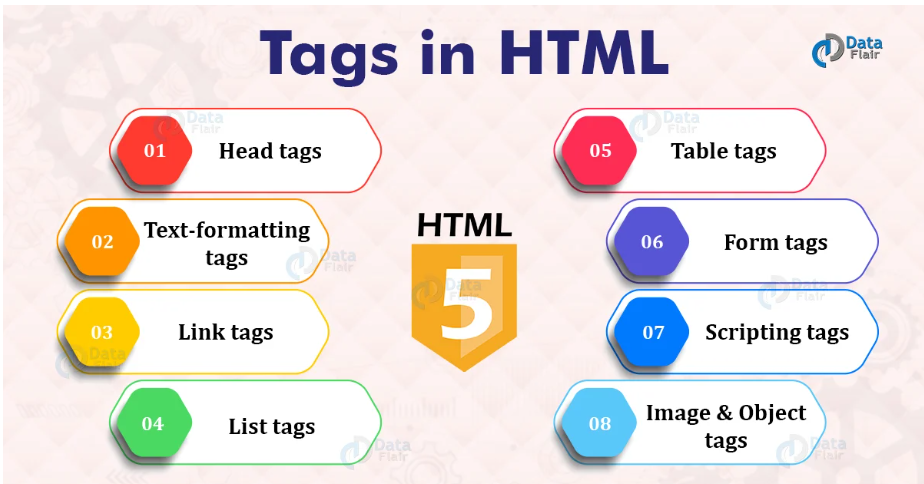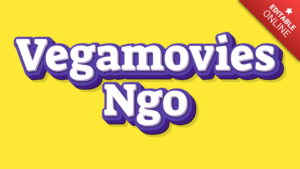If you’re building or optimizing a website, knowing your HTML tags isn’t just helpful—it’s essential. This guide offers the ultimate HTML tags list with a free checklist to keep your code clean, SEO-friendly, and up to date.
Why HTML Tags Matter
HTML (HyperText Markup Language) forms the structural backbone of the web. Every element you see on a webpage—headings, paragraphs, images, links—is created with HTML tags. Proper use of these tags improves site accessibility, search engine visibility, and user experience.
📋 Free Download: HTML Tags Checklist
👉 Download Your Free HTML Tags Checklist
Get a printable version of the most important and frequently used tags, including syntax tips and semantic usage best practices.
💡 What Are HTML Tags?
HTML tags are codes wrapped in angle brackets that define elements on a webpage. Each tag typically comes in a pair: an opening tag (<tag>) and a closing tag (</tag>). Some tags are self-closing, such as <img> or <br>.
🏆 The Ultimate HTML Tags List
Here’s a complete breakdown of essential HTML tags categorized by use case:
1. Basic Structure Tags
| Tag | Purpose |
|---|---|
<html> | Root element of the page |
<head> | Contains metadata |
<title> | Page title (SEO impact) |
<body> | Main content area |
2. Text Formatting Tags
| Tag | Description |
|---|---|
<h1> to <h6> | Headings (semantic importance) |
<p> | Paragraphs |
<strong> | Bold text (semantic) |
<em> | Emphasized text (italicized) |
<br> | Line break |
<hr> | Horizontal rule |
3. List Tags
| Tag | Description |
|---|---|
<ul> | Unordered list |
<ol> | Ordered list |
<li> | List item |
4. Link & Media Tags
| Tag | Description |
|---|---|
<a> | Anchor (hyperlink) |
<img> | Image |
<video> | Embed video |
<audio> | Embed audio |
5. Table Tags
| Tag | Description |
|---|---|
<table> | Table container |
<tr> | Table row |
<th> | Table header |
<td> | Table data cell |
6. Form Tags
| Tag | Description |
|---|---|
<form> | Form container |
<input> | Input field |
<label> | Field label |
<textarea> | Multi-line text |
<button> | Clickable button |
<select> | Drop-down list |
<option> | Select options |
7. Semantic HTML5 Tags
| Tag | Description |
|---|---|
<header> | Document header |
<footer> | Footer section |
<main> | Main content area |
<section> | Thematic grouping |
<article> | Self-contained content |
<aside> | Complementary info |
<nav> | Navigation menu |
<figure> / <figcaption> | Images and captions |
🔎 SEO and Accessibility with HTML Tags
Search engines rely on HTML to understand page content. For example:
- Use
<h1>only once per page for the main title. <alt>attributes in<img>improve accessibility and image SEO.- Semantic HTML5 tags like
<article>and<section>help crawlers and screen readers.
✅ HTML Tag Best Practices
- ✅ Validate your code using W3C Validator
- ✅ Use semantic tags for better SEO
- ✅ Avoid deprecated tags like
<font>or<center> - ✅ Keep nesting logical and readable
- ✅ Combine CSS for design; HTML for structure
🧠 Most Used HTML Tags (Quick Reference)
| Tag | Function |
|---|---|
<div> | General-purpose container |
<span> | Inline container |
<meta> | SEO metadata |
<link> | CSS or favicon linking |
<script> | JavaScript inclusion |
🧾 Final Thoughts: HTML Tags as Your Foundation
Mastering HTML isn’t just for coders. Whether you’re a marketer, blogger, or developer, using the right HTML tags boosts site structure, improves readability, and helps Google index your content correctly.
🔗 Additional Resources
📥 Get the Free HTML Tags Checklist
Want a handy HTML reference guide to use while building your website?
👉 Click here to download the checklist PDF and improve your HTML skills instantly.
Frequently Asked Questions (FAQs)
Q1: What are the most important HTML tags for SEO?
A: <title>, <meta>, <h1>, <img alt>, and semantic tags like <article> are crucial.
Q2: Are HTML5 tags better than older tags?
A: Yes, HTML5 tags are more semantic and offer better accessibility and structure.
Q3: Is there a difference between <b> and <strong>?
A: Yes. <strong> has semantic meaning (important text); <b> is purely stylistic.



